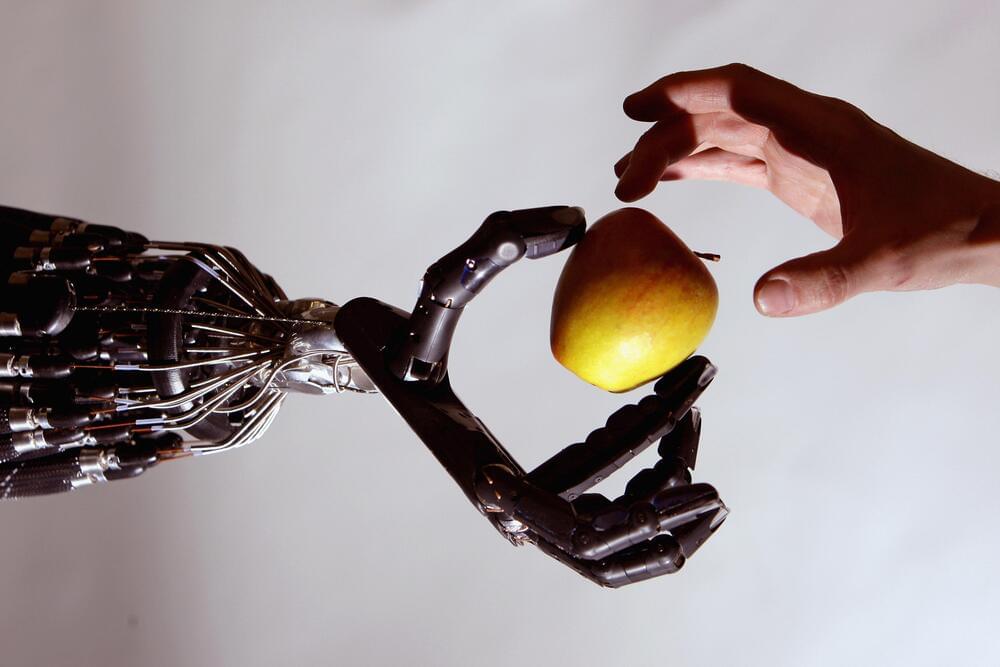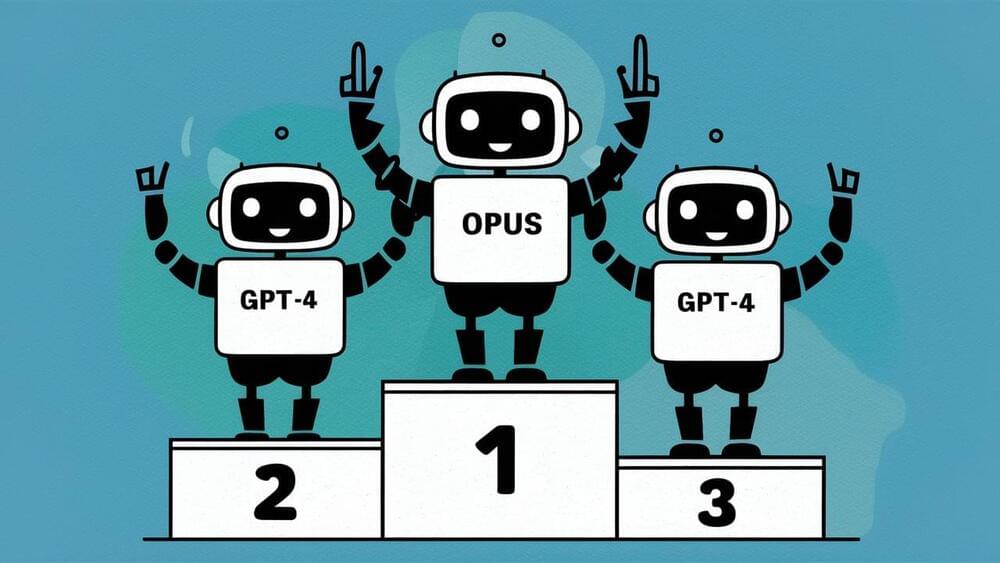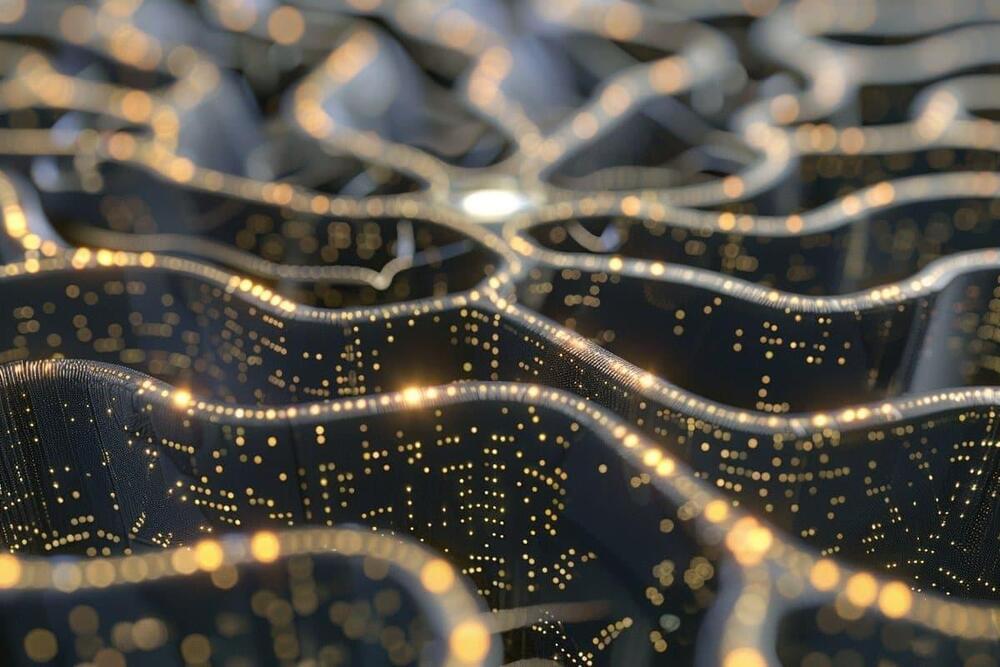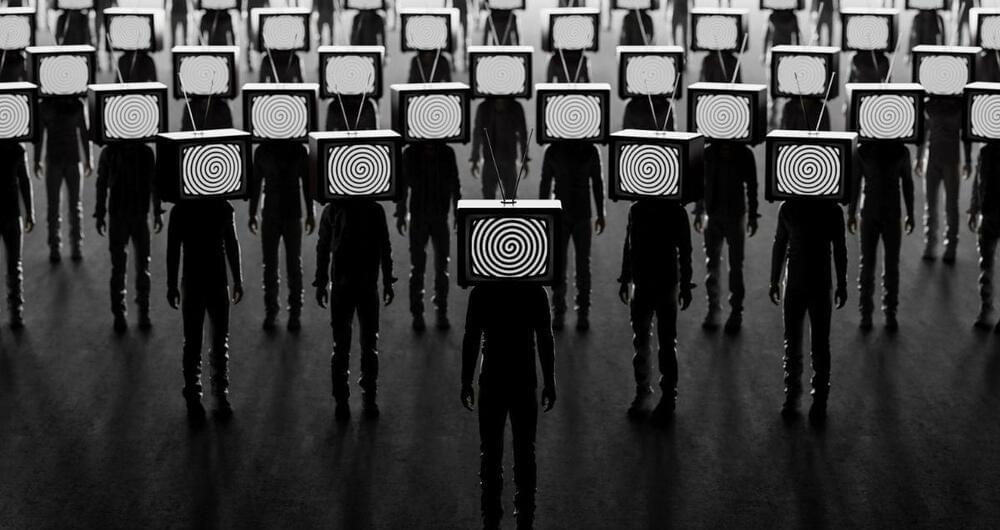A select group of artists, designers and filmmakers have now had a couple of months to play with OpenAI’s new Sora text-to-video tool, and on Monday, OpenAI shared some of their creations and first impressions.
“As great as Sora is at generating things that appear real, what excites us is its ability to make things that are totally surreal,” Toronto-based multimedia production company Shy Kids said in a statement accompanying Air Head, a short film it made with Sora. The word surreal aptly describes the video, which stars a guy with a yellow balloon for a noggin.
“I am literally filled with hot air,” he says.







